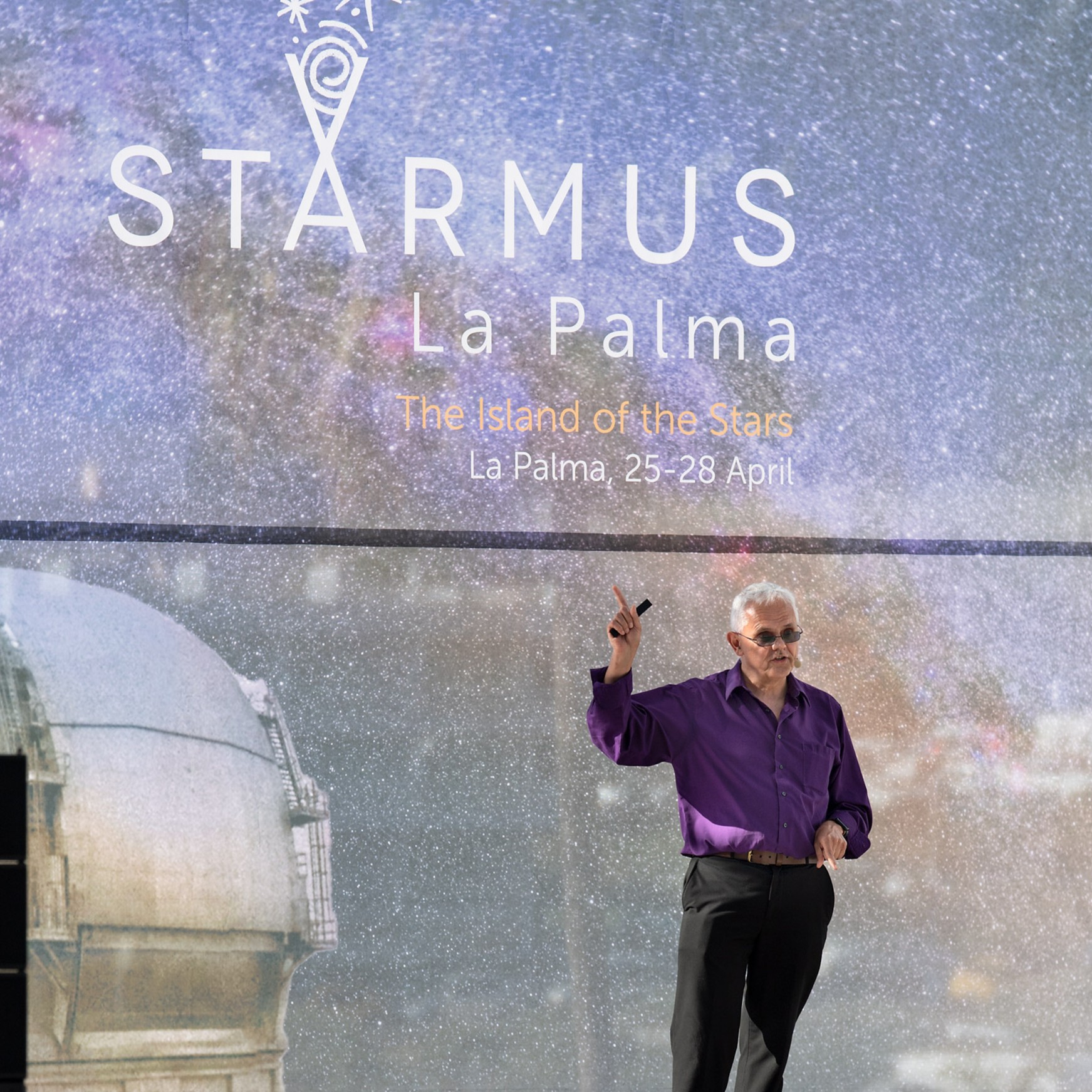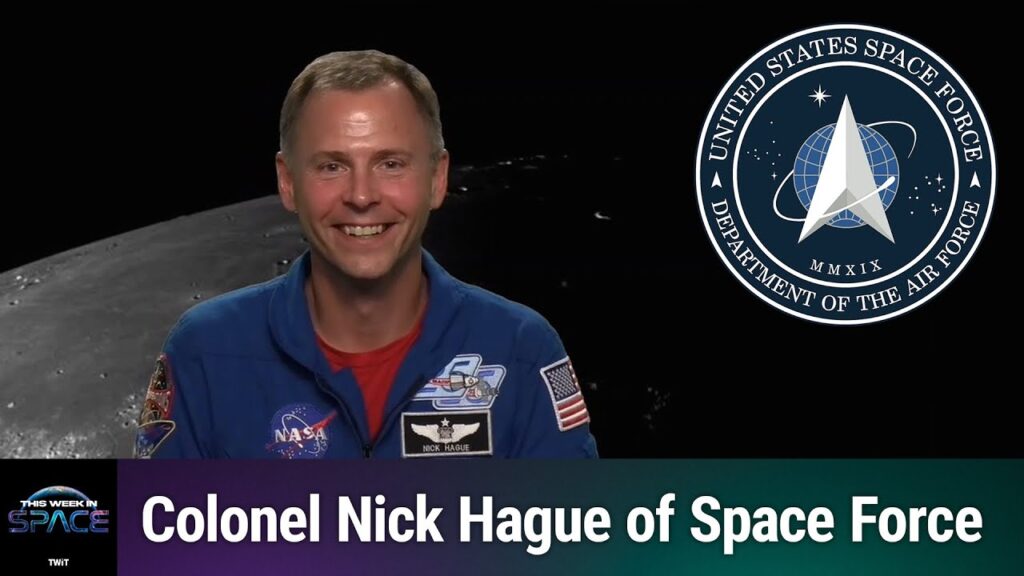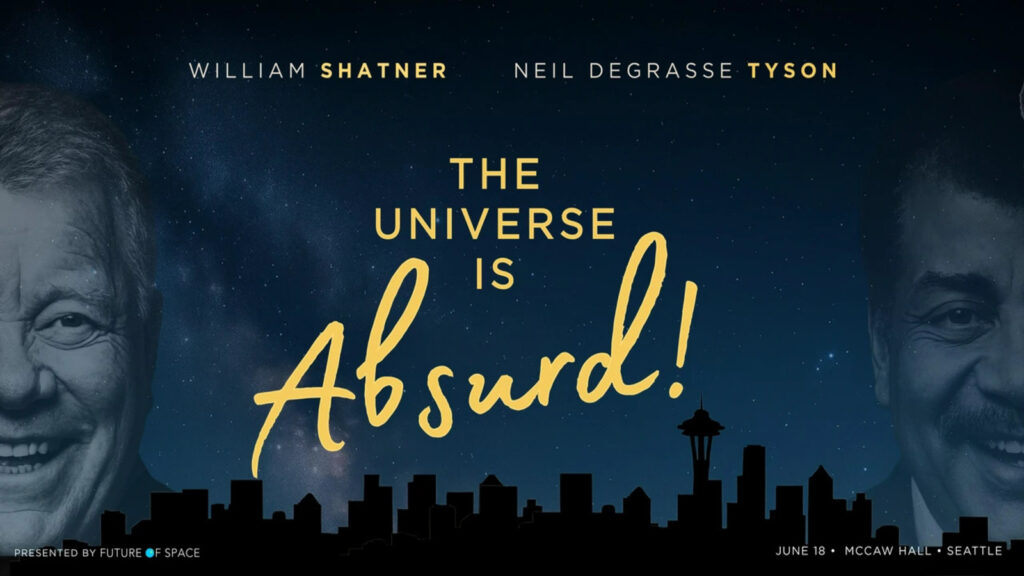Imagine being told a storm is heading your way, but you won’t know how bad the winds are or whether they’ll knock out power until just minutes before it hits. That’s the challenge scientists face when it comes to predicting solar storms.
We’ve come a long way in understanding space weather. We can spot solar storm eruptions, track their speed, and estimate when they’ll arrive at Earth, sometimes with up to a day’s warning. However, one critical piece of information remains frustratingly out of reach until the last moment: the orientation of the storm’s magnetic field, known as the Bz component.
When a coronal mass ejection (CME) erupts from the sun, it carries with it plasma and magnetic field from our star. The orientation of the magnetic field will either be a northward or southward Bz, or a combination of the two, and that magnetic orientation determines how strongly the incoming solar storm will interact with Earth’s magnetic field. A southward Bz connects more easily with Earth’s own field, allowing energy to pour in and supercharge auroras — or in extreme cases, disrupt satellites, radio signals, power grids, and GPS. A northward Bz, on the other hand, may pass by with minimal impact.
Scientists say knowing the Bz component of an oncoming CME can make a significant difference in helping us prepare for the effects of a solar storm. “We need to start predicting what Bz is going to be as soon as the CME has occurred, not when we measure it at L1 [Lagrange 1], where we only have one or two hours’ warning,” Valentín Martínez Pillet, solar physicist and director of the Instituto de Astrofísica de Canarias told Space.com in an interview while attending science and music festival Starmus La Palma.
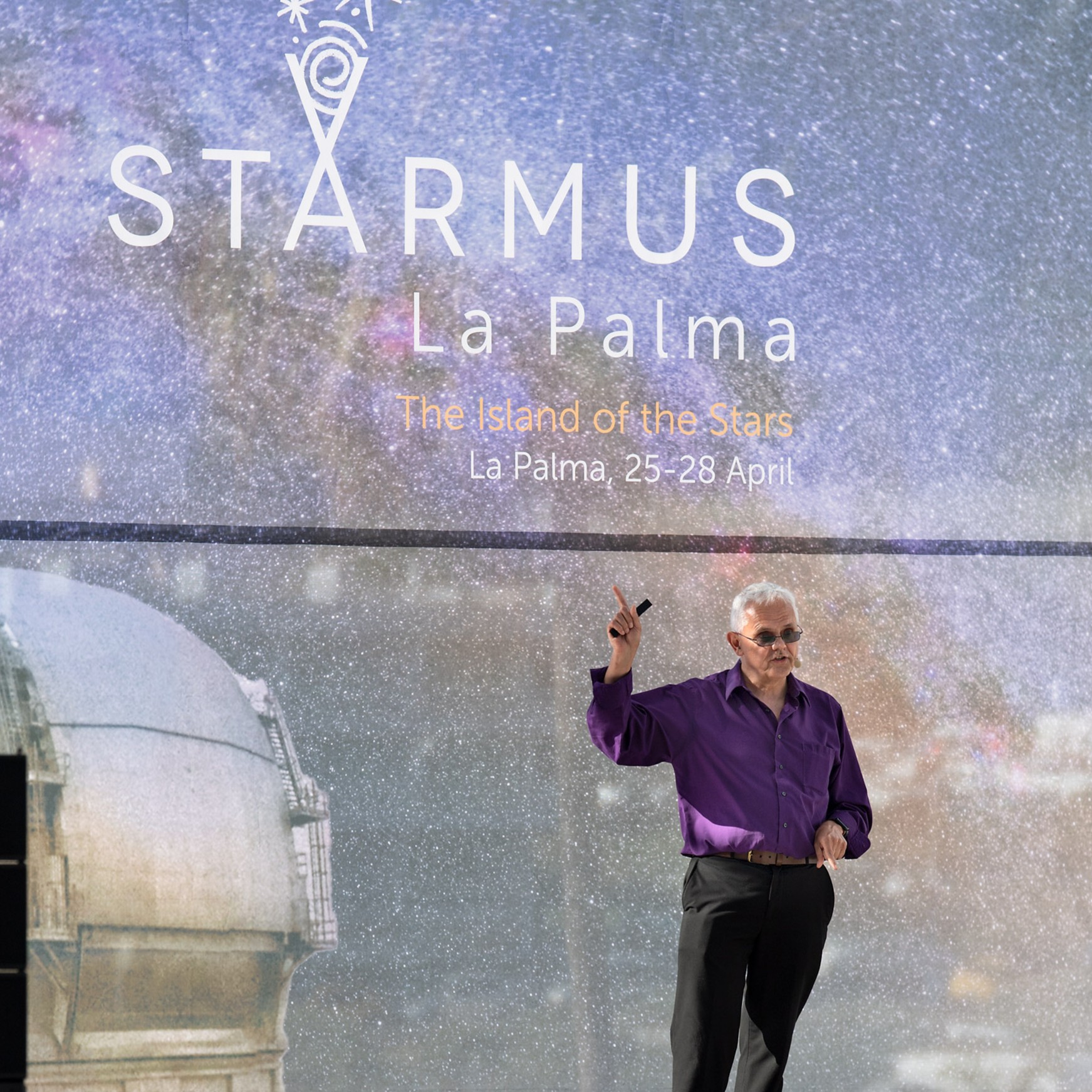
Valentín Martínez Pillet
Valentín Martínez Pillet is a solar physicist and, as of July 2024, the newly appointed Director of the Instituto de Astrofísica de Canarias (IAC). Prior to this role, he served as Director of the National Solar Observatory (NSO) in the United States.
We have the science — what we’re missing is data
Martínez Pillet predicts it will take about 50 years for space weather forecasting to reach the same accuracy and predictability as Earth weather predictions.
“We are getting close,” Martínez Pillet says. “Operational predictions from the NOAA Space Weather Prediction Center (SWPC) are good, but what we’re missing is more data from all sides of the sun.”
Most of our current monitoring comes from a single vantage point: spacecraft located around Lagrange Point 1 (L1), roughly 1 million miles (1.5 million kilometers) sunward of Earth. These spacecraft, like NASA’s ACE and DSCOVR missions, can detect solar wind properties and measure Bz — but only when the storm is already nearly upon us. At that point, there is just one or two hours’ advanced warning.
To truly forecast the strength of a solar storm before it hits, we need to take measurements earlier, much earlier. Ideally, we would perch satellites at a variety of Lagrange points, not just L1, to allow us to view these magnetic structures while they’re still leaving the sun.
“The models are there, so we know the equation we have to solve, but we don’t have good data,” Martínez Pillet says.
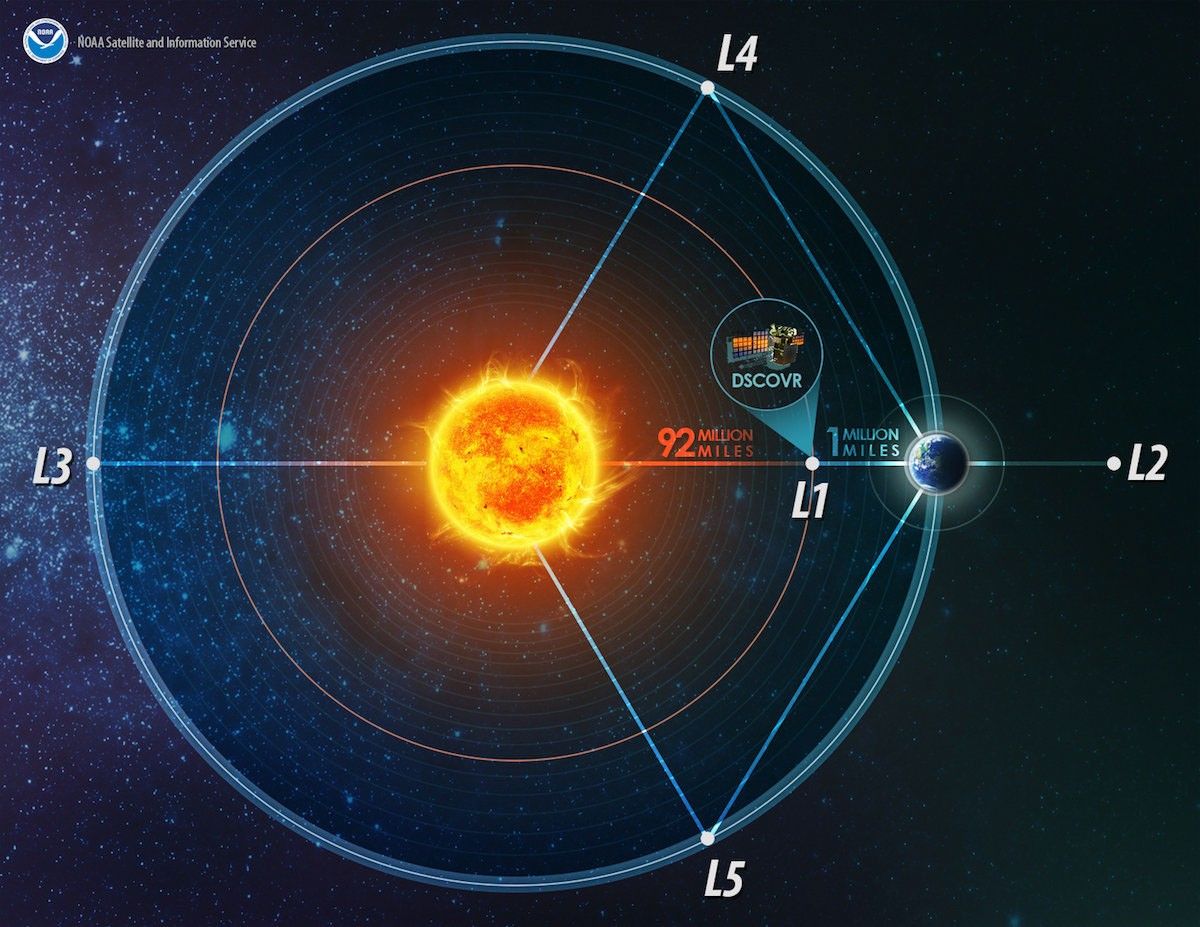
Parking sun-observing satellites at L5, L4 and L3 won’t be cheap, but it is very much possible, according to Martínez Pillet.
“We’re going to have it. I’m totally convinced that that’s where we’re heading,” Martínez Pillet said.
Why waiting 50 years might be too late
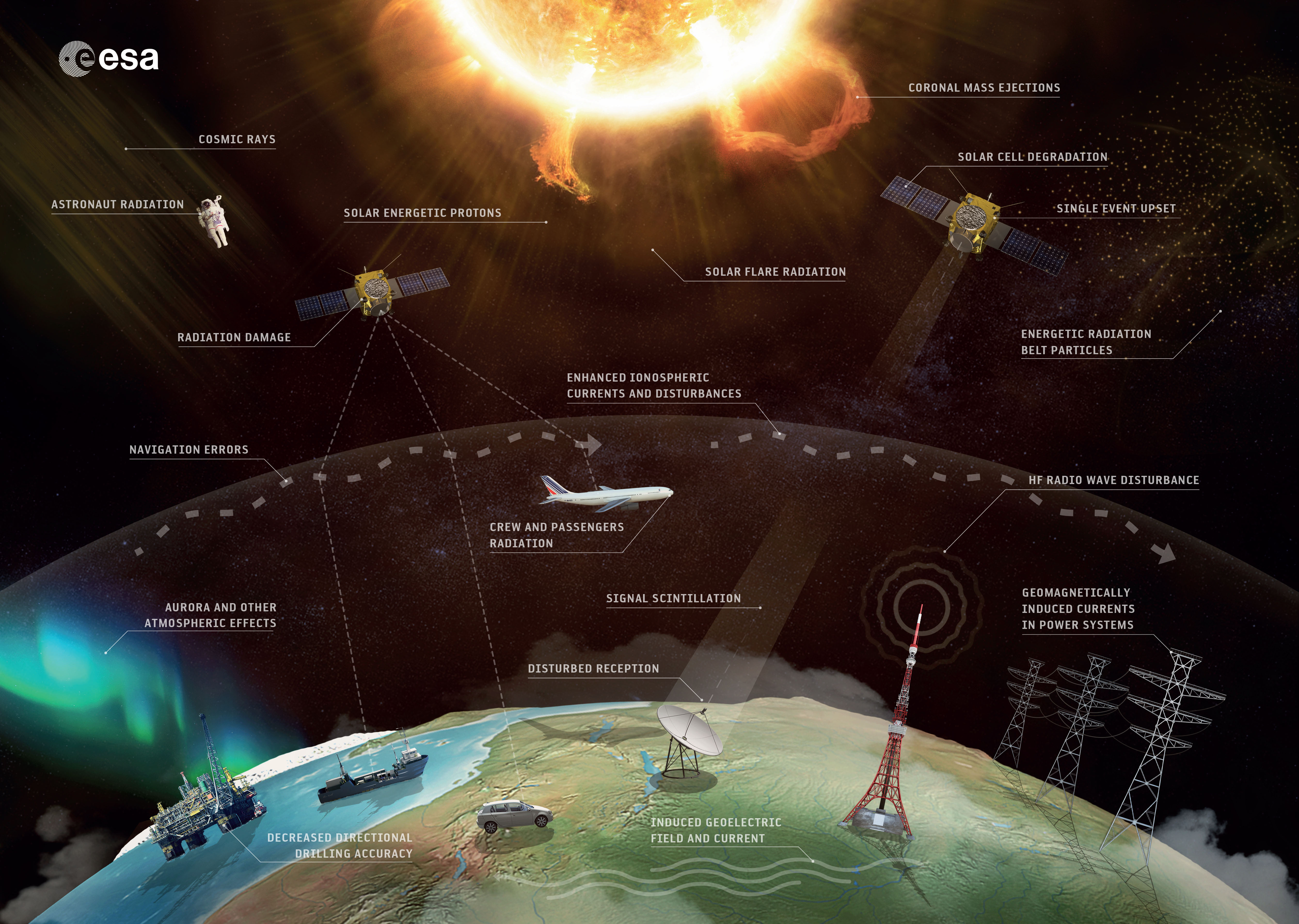
So why don’t we just build this system now? The short answer is cost and complexity. Space weather forecasting doesn’t yet command the same resources as Earth weather forecasting, even though the stakes are growing. As our world becomes more dependent on satellites, navigation, and global power infrastructure, we are increasingly vulnerable to space weather extremes.
The improvements needed could take decades to fully implement. That’s assuming consistent investment and a clear prioritization of space weather infrastructure — neither of which is guaranteed.
But 50 years might be too late. Extreme solar storms — like the famous Carrington Event of 1859 — are rare, but they do happen. A similar event today could cause trillions in damage globally by disabling satellites, knocking out power for weeks or months, and severely disrupting communications and aviation.
“We don’t know how bad it could get,” said Martínez Pillet.
A more recent example, a near-miss in July 2012, where the sun fired a colossal CME into space that missed Earth by just a week.
In 2013, Dan Baker director of the University of Colorado Boulder’s Laboratory for Atmospheric and Space Physics (LASP) wrote a paper about the 2012 eruption, stating that if it had happened just a week earlier, Earth would have been in the line of fire and “would still be picking up the pieces technologically,” a year after the event.
Current and future missions
Our increasing dependence on technology is making us more vulnerable than ever.
“The sun is not changing, it’s doing what it does,” Martínez Pillet says. “But it’s us who depend on technology more and more.”
So, how are we currently keeping a watchful eye on the sun, and what future missions can we look forward to?
Some of our most dependable tools for tracking the sun are already hard at work. One of these is the Global Oscillation Network Group, or GONG. This worldwide network of six identical telescopes provides nearly round-the-clock coverage of the sun. Run by the U.S. National Solar Observatory, GONG has been monitoring solar activity since the 1990s and remains a crucial part of our space weather forecasting toolkit.
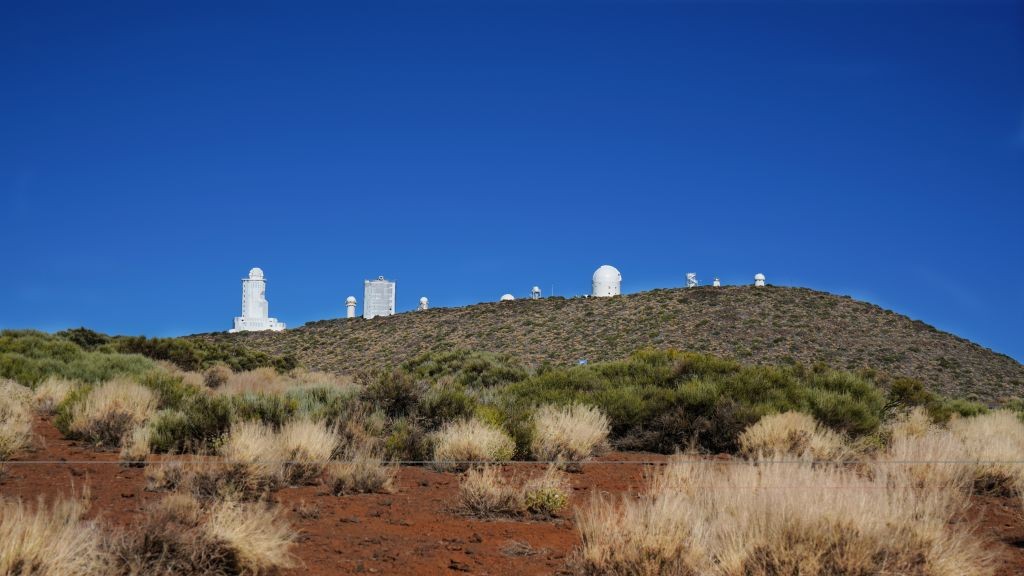
GONG delivers a steady stream of images showing the entire face of the sun, updated every minute. These images include information about solar motion and magnetic fields — key ingredients in predicting when and where solar eruptions might occur. The network even helps scientists monitor the far side of the sun, using solar “vibrations” to detect active regions we can’t see directly. All of this helps forecasters spot potential solar storms before they erupt and fine-tune models that estimate how those storms might affect Earth.
Another vital piece of our current space weather warning system is the Deep Space Climate Observatory (DSCOVR) located at Lagrange 1 (L1). Akin to a sensor buoy at sea warning of an oncoming tsunami, DSCOVR provides real-time data on the solar wind, which helps forecasters issue alerts about incoming geomagnetic storms. Depending on the speed of the solar wind, DSCOVR can give anywhere from 15 to 60 minutes’ warning before a solar storm hits Earth. That short window is critical for operators of satellites, power grids, and communication systems.
Together with other satellites like NASA’s ACE and ESA’s SOHO, these missions form a patchwork of solar monitoring tools, but gaps in coverage still remain. That’s where future missions like Vigil aim to make a big difference.
Looking ahead, one of the most promising additions to our solar storm warning system is the European Space Agency’s Vigil mission, slated to launch in 2031. Vigil will sit at the Lagrange Point 5 (L5) — a location that gives it a unique sideways view of the sun-Earth line. From there, it will monitor solar eruptions from the side, helping scientists detect the shape, speed and crucially, the magnetic orientation (Bz) of incoming CMEs before they head our way.
“I really want to see how we are going to start incorporating data from different vantage points into the predictions,” Martínez Pillet told Space.com.
Observations from L5 will give scientists a heads-up on what is heading to Earth about a week in advance.
“It’s better than nothing,” says Martínez Pillet.
